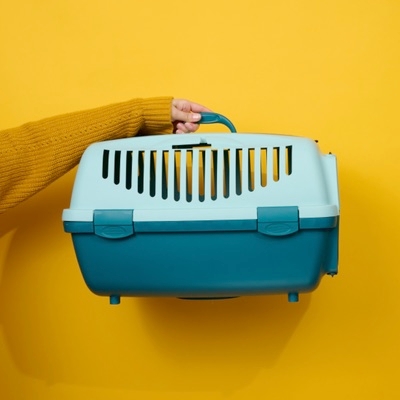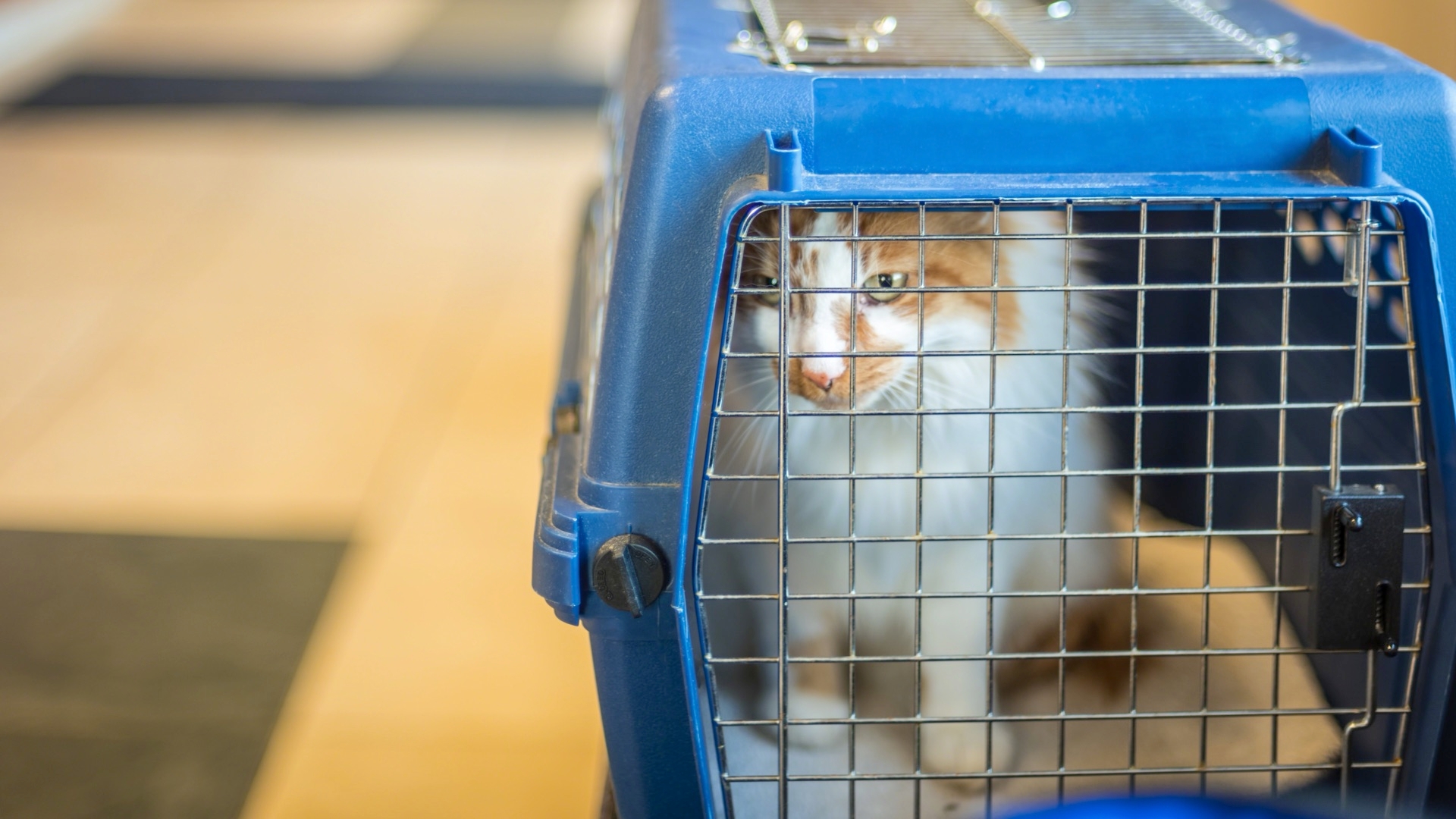Traveling With Your Cat:
Summary:
A cat is not a born traveler. She would much prefer staying at home with a sitter stopping by each day to freshen the water, refill the food dish, and give a few behind-the-ear scratches. It is sometimes necessary, however, for your cat to join in the travel. Therefore, a carrier of some sort is essential.


A cat is not a born traveler. She would much prefer staying at home with a sitter stopping by each day to freshen the water, refill the food dish, and give a few behind-the-ear scratches. It is sometimes necessary, however, for your cat to join in the travel. Therefore, a carrier of some sort is essential.
If you can, while on a trip, take your cat for walks you may have to condition her to walk with a harness and a leash before you leave. No matter how secure she seems to be, it is always wise to have an identification tag attached to her collar just in case she escapes from the carrier or the leash.
A traveling cat should not be fed several hours before leaving. If you are traveling by car, you may want to ask your veterinarian to prescribe a motion sickness medication for your cat. If you are traveling by airplane, and you have a highly excitable cat, you may want to administer a mild tranquilizer before leaving. Your cat will eat less food while traveling, primarily because of her inactivity. She may suffer the discomfort of constipation or diarrhea. Prepare ahead of time and secure medication from your veterinarian. If you are traveling to a place where the water tastes bad or causes diarrhea, and you will only be there for a short time, take enough water from home for your cat. Pack objects from home that are familiar to your cat, for example, her bed and favorite toys .
If the weather is extremely hot, put a frozen ice pack in her carrier and never leave her unattended in a car. If the weather is very cold, put a hot water bottle in the carrier. If you are traveling by air, check with the airline about its policy regarding pet transportation. Some airlines allow pets, in carriers, in the passenger compartments under the seat. This is best because you can touch and talk to her during the flight. If a cat must travel in the baggage compartment, make sure the compartment is heated and pressurized. Try to schedule a direct or non-stop flight so that your cat is not traumatized by transfers. Check with the place of final destination for inoculation requirements, health certificates, and possible quarantines. The American Society for the Prevention of Cruelty to Animals (ASPCA) publishes a booklet that contains travel and immunization regulations for travel in every state in the union and in 110 foreign countries.
For information, visit:
For information, write:
ASCPA Education Department 441 E. 92nd St New York, NY, 10028


